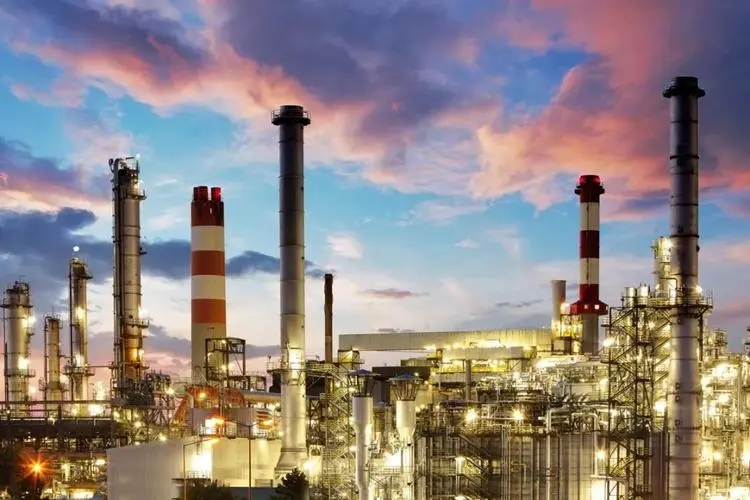TOCOM Energy
Oil prices rise on Russian announcement of crude output cut in March
Oil futures finished higher on Friday, Middle East benchmark Dubai crude registered gains of nearly 5% on the week, largely reversing losses from the previous week as sentiment again shifted back to positive mode on growing optimism over China as well as reports that Russia could voluntarily slash production, which was enough to outweigh concerns over growing oil inventories in Europe and the US.
Intermonth spread of oil benchmarks edged higher, indicating a more tightened market.
On the demand side, Global air traffic in 2022 reached 68.5% of its pre-pandemic level, according to the International Air Transport Association (IATA). This momentum is expected to continue in 2023 as data from Radarbox showed that the number of international flights to and from China is steadily recovering. OPEC expects oil demand to exceed pre-pandemic levels in 2023, reaching almost 102 million barrels a day and demand is projected to further rise to 110 million barrels per day in next two years.
On the supply side, Russia Deputy Prime Minister Alexander Novak said Russia would voluntarily reduce oil production by 500,000 barrels a day in March.
Previous survey by Platts shows that Russian production remained relatively resilient to the impact of sanctions, crude production volumes fell just 10,000 b/d in January to average 9.85 million b/d, as the market has found ways to sustain flows of Russian crude so far. Besides, Russia raised refinery throughput and appeared to have stored significant volumes to keep the taps open.
Analysts had forecasted that Russian crude production would eventually fall between 1-1.5 million b/d in 2023 as refineries are forced to cut runs and storage facilities reach capacity.
It’s expected Russia’s production cut will tighten market balances in 2023 but any immediate further price gains spurred by the news in unlikely as it is more or less within market expectations.
Prior to comments from Novak, softer sentiment was largely triggered by the temporarily well supplied product market on both side of the Atlantic basin.
latest EIA stats revealing inventory builds for distillate which is mainly diesel for a third week in a row, EU middle distillate stocks have also increased as companies bolstered supplies ahead of EU sanctions on Russian products. European refiners’ crude intake in January was up 6.3% from a year earlier at 9.75 million barrels per day, diesel flows into Europe also remain high as around 4.77 million tonnes loaded before Feb. 5 is scheduled to arrive into Europe this month.
Looking ahead, While Russia cut product supply, refinery runs in other parts of the world will increase to fill the gap as global refining margins for middle distillate remain relatively high. Higher refinery runs will lead to a more tightened crude market but a more well supplied product market. Demand and crack spread for jet fuel kerosene and diesel lies in the core of oil market fundamentals for the rest of the year and should be followed closely because it’s directly linked to refinery margins and their willingness to increase runs.






